
// 2020-07-04 // by Neon
Lekis kojfo (lit. "Kojfo Dialect"), also known as lekis siltakos or more plainly just 'alaja', is the language spoken by the reclusive alaja people of the Unified Collaborative from the fictional universe depicted in The Zeta Directive.
In this post, I'd like to discuss the writing system native to the alaja language, and in doing so briefly touch on some of the phonemic and morphological characteristics of this language.
To begin our discussion, it must be noted that lekis kojfo is written utilising an alphabetic system with a shallow orthography.
The alaja alphabet is called the faraj. Letters in the faraj are divided up into four categories. The word "faraj" is a portmanteau of the first letter in each category in the alphabet.
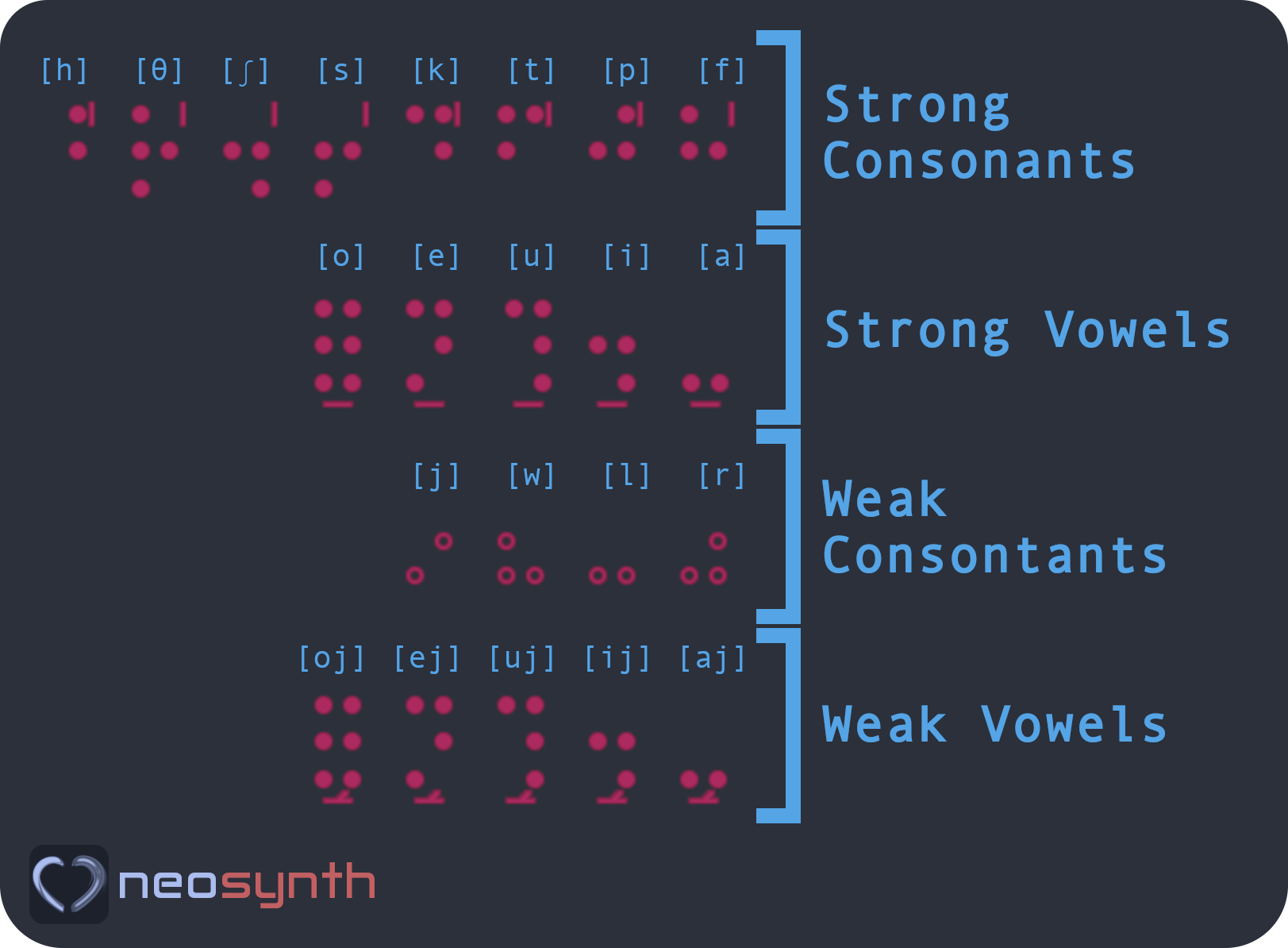
The four categories of letters in the faraj are:
Please note that in this context, the distinction of "strong" and "weak" is not meaningful linguistic terminology. Rather, these are language-internal distinctions made by the speakers of lekis kojfo. I will make use of these categories because they are relevant in defining how letters within the faraj are written.
Lekis kojfo uses a fixed-width writing system where all letters are equally spaced one from another. Punctuation is minimal and written texts do not contain spaces to separate individual words. Sentences are terminated with a single floating dot character "・". Lekis kojfo is written horizontally from right to left, top to bottom.
Letters are derived from a hexile dot grid, not dissimilar to Braille in the real world. Various configurations of dots in the six-dot grid are removed in order to create different letters. Each dot, or tijk¹, is labelled numerically as follows:

Letters in the "weak consonant" category are irregular and work a little differently, but more on those later.
The category of a letter is indicated by the presence of a diacritic to indicate its category.
A short vertical line to the right of tijk 1 is used to indicate that a letter is a strong consonant:
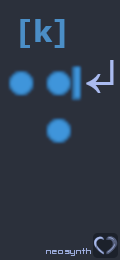
A horizontal line below and between tijk 5 and 6 is used to indicate that a letter is a strong vowel:
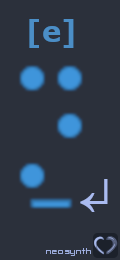
Weak vowels are nearly identical to their strong counterpart, except they have a strikethrough diagonal through their vowel line:
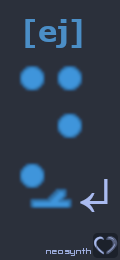
As stated earlier, weak consonants are irregular. They do not use a hexile dot grid, but instead use a quartile one:
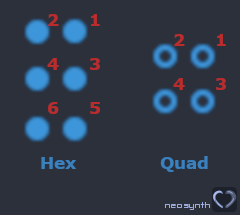
The dots in the quartile grid do not line up in height or in inter-dot-width to the dots of hexile characters. Additionally, weak consonants are written using hollow tijk instead of solid ones. Weak consonants do not have any kind of associated diacritics.
Another interesting phonological note is that the letters [r] and [l] are not pronounced the way a native English speaker would expect. These phonemes are generally unvoiced (respectively: /ɾ̥/ and /l̥/) unless they are in the word-initial position.
Also, the alaja [r] is somewhere between a flap /ɾ/ and the approximant /ɹ/, but leans a bit toward being a flap.
Lekis kojfo relies almost exclusively on unvoiced consonant sounds, so native alaja speakers tend to have very breathy and sibilant accent when speaking other languages.
Relatively speaking, lekis kojfo has a very small phonemic repertoire and as such often relies on longer words to convey more complex concepts. Due to a low reliance on inflectional morphology and a tendency for isolating grammar, lekis kojfo trends toward high relative verbosity when compared to other languages.
The Unified Collaborative is a highly interconnected but insular and homogenous society with a limited spacial-geographic territory and near-zero foreign cultural exchange. The social context in which lekis kojfo speakers reside has had a profound effect on the way ideas are communicated. Proverbs, wordplay, and memes are common methods in shorthanding otherwise wordy concepts, making the language exceedingly difficult for non-native speakers despite having relatively simplistic grammar on paper.
There certainly much more discuss as to the nature of lekis kojfo and the culture of those who speak it, but such is way beyond the scope of a post about writing systems.
Footnote 1: To the more savvy readers, you may have recognised this word from Section 3, where it shows up as a unit of time. It's actually a homonym! :)